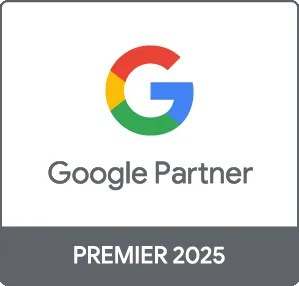Ad performance optimization is critical for businesses looking to achieve the best return on investment (ROI) from their advertising campaigns. In this guide, we’ll delve into techniques and strategies that can enhance your ad performance across various platforms, from Google Ads to social media advertising. Each strategy is designed to help you reach your target audience more effectively and drive conversions.
Why Ad Performance Matters
The effectiveness of your advertising efforts directly impacts your business’s bottom line. High-performing ads can significantly boost visibility, drive qualified traffic, and lead to higher conversion rates. Conversely, poorly optimized ads can waste your advertising budget and diminish your brand's reputation.
1. Set Clear Objectives
Defining clear goals for your ad campaigns is the first step in optimization:
- Brand Awareness: Focus on impressions and reach.
- Lead Generation: Target click-through rates (CTR) and form submissions.
- Sales: Optimize for conversions and cost-per-acquisition (CPA).
2. Analyze Audience Insights
Understanding your audience is key to crafting effective ads. Utilize analytics tools to gather data on:
- Demographics: Age, gender, and location of your audience.
- Behavior: Understand how your audience interacts with your ads.
- Preferences: Discover which types of ads resonate and yield the best results.
3. A/B Testing
Testing different ad variations is crucial for finding what works best. Implement A/B testing on various elements:
- Ad Copy: Test different headlines and calls to action.
- Images/Videos: Experiment with different visuals to determine what catches the audience’s eye.
- Targeting Options: Narrow or broaden your target audience to find optimal engagement.
4. Optimize Ad Spend
Efficient allocation of your budget can drastically improve ad performance:
- Adjust Bids: Utilize automated bidding strategies to optimize your outcomes.
- Negative Keywords: Exclude non-relevant keywords to reduce wasted spend.
- Ad Scheduling: Analyze peak times for engagement and adjust your ad schedule accordingly.
5. Monitor and Adjust
Continuous monitoring is essential for sustained success:
- Track performance metrics regularly (CTR, CPA, conversion rates).
- Be prepared to pivot your strategy based on performance data.
Conclusion
Optimizing ad performance is an ongoing process that requires attention to detail and adaptability. By setting clear objectives, analyzing data, testing various ad components, optimizing your budget, and continuously monitoring results, you can significantly enhance the effectiveness of your advertising campaigns. At Prebo Digital, we specialize in ad performance optimization, helping businesses connect with their target audiences and achieve measurable success. Contact us today to find out how we can assist you!





